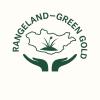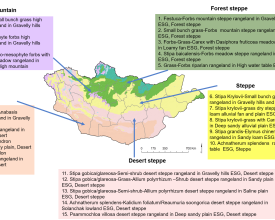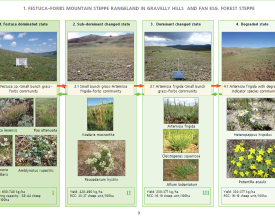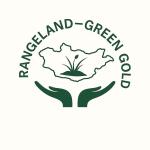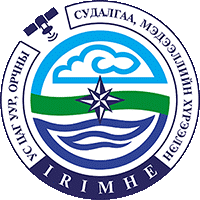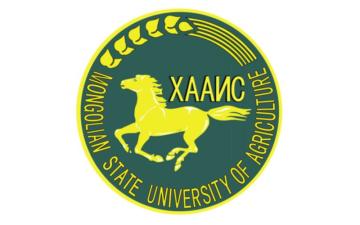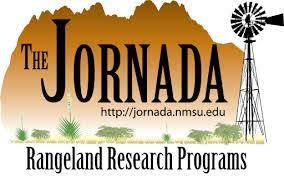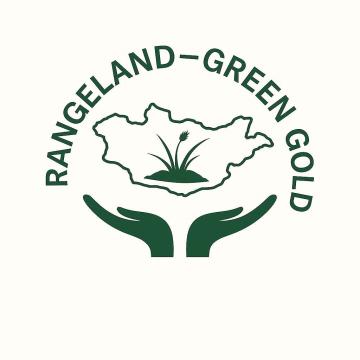
New tool for interpretation of rangeland monitoring and assessment results
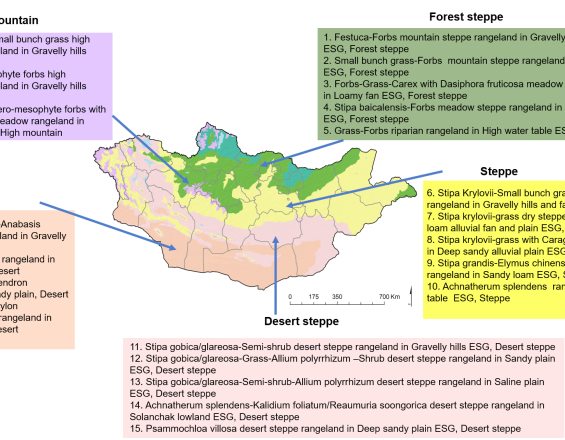
To assess a national rangeland health that incorporates variations in ecological potential across Mongolia, a standardized catalogue titled “State and transition model” was developed. The models rely on information and assumptions regarding the reference condition or ecological potential of a rangeland area, as well as the potential shifts to alternative states influenced by management changes and two-way drivers.
The models are built on real field data and expert knowledge. They include information on important plant species, expected productivity, and recommendations for sustainable livestock numbers.
Overall, the model provides not only a snapshot of the current condition and productivity of Mongolia’s rangelands but also clear insights into their risks of degradation and their potential for recovery.
Impacts
The State and Transition Model of Mongolian Rangelands is a tool used to track and understand how rangelands change over time. It is applied through the National Grazing Impact Monitoring Network and the National Meteorology Network’s ecosystem monitoring program.
The model helps answer the following essential questions:
- How do rangelands respond to use?
- What risks of degradation come from poor management?
- What potential do rangelands have to recover if use is adjusted?
By combining field data with expert knowledge, the model describes:
- The model explains the healthy and degraded states of various rangeland types, as well as how they transition from one to another.
- Key indicator plant species, their cover, and productivity.
- Practical guidance on sustainable grazing levels and management practices.
The model is regularly updated and improved using new monitoring results. For example, in the Festuca–Forbs mountain steppe rangeland (common in the forest-steppe zone), four main states are identified: healthy, sub-dominant altered, dominant species altered, and degraded. Monitoring data on plant cover and thresholds between phases are used to classify plots into the right state.
Overall, the model provides not only a snapshot of the current condition and productivity of Mongolia’s rangelands but also clear insights into their risks of degradation and their potential for recovery.
